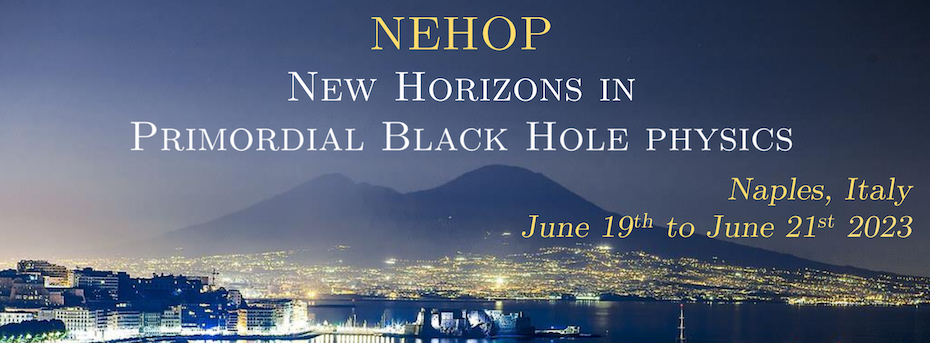Speaker
Description
The evaporation of primordial black holes (PBH) with masses ranging from $\sim 10^{-1}$ to $10^9$ g could have generated the whole observed dark matter (DM) relic density. It is typically assumed that after being produced, its abundance freezes and remains constant. However, thermalization and number-changing processes in the dark sector can have a strong impact, in particular enhancing the DM population by several orders of magnitude. Here we estimate the boost from general arguments such as the conservation of energy and entropy, independently from the underlying particle physics details of the dark sector. Two main consequences can be highlighted: $i)$ As the DM abundance is increased, a smaller initial energy density of PBHs is required. $ii)$ Thermalization in the dark sector decreases the mean DM kinetic energy, relaxing the bound from structure formation and hence, allowing light DM with mass in the keV ballpark.
Furthermore, DM interacting only gravitationally is also unavoidably produced by the irreducible UV gravitational freeze-in. We show that the latter mechanism sets strong bounds, excluding large regions of the parameter space favored by PBH production.

